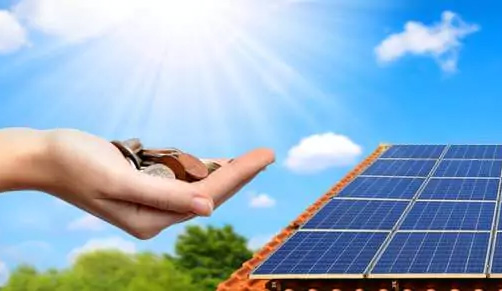
As the owner of a large roof area from 1000m², you can benefit long-term by leasing your unused roof area for photovoltaic systems. Make profitable use of your roof area, which would otherwise generate no income, and learn about the advantages and requirements of this lucrative opportunity.
| Advantages | Disadvantages | |
| Roof rental for solar systems |
|
|
| Buy or rent your own solar system |
|
|
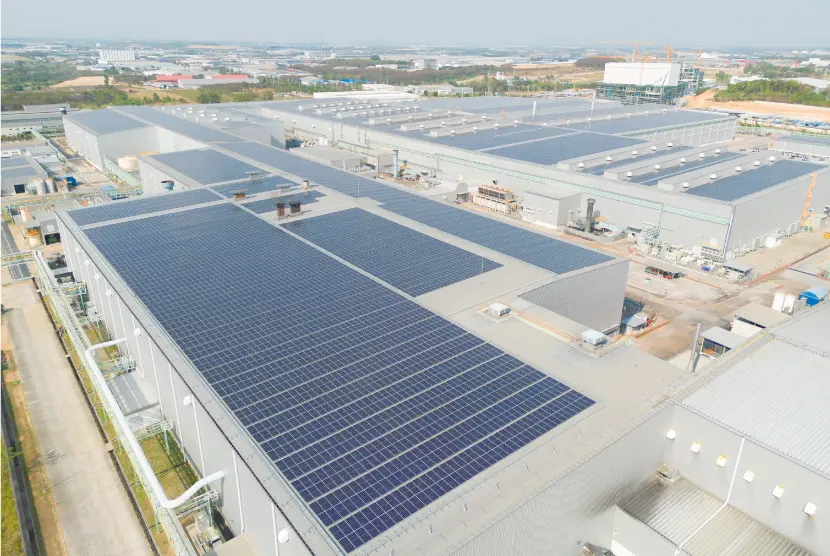
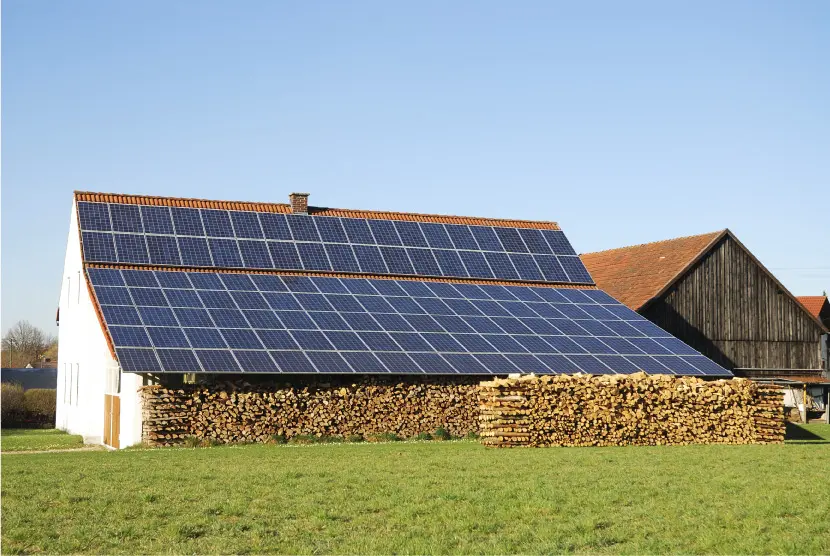
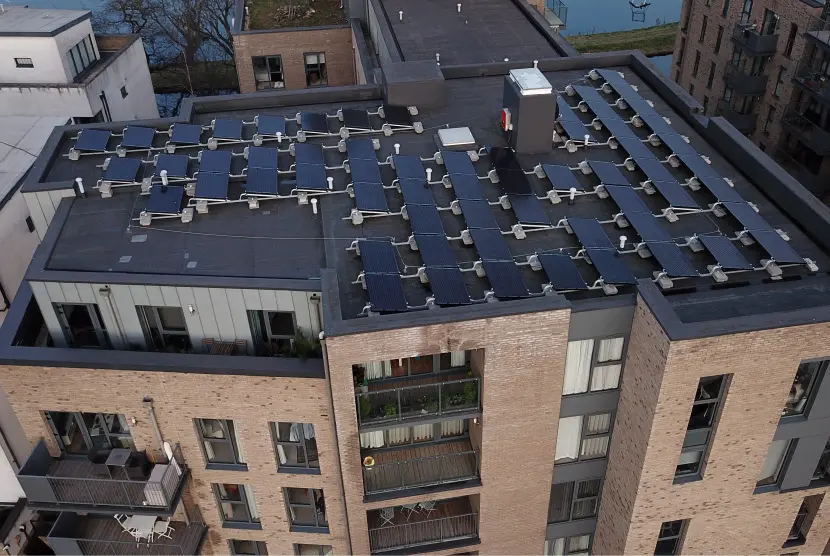
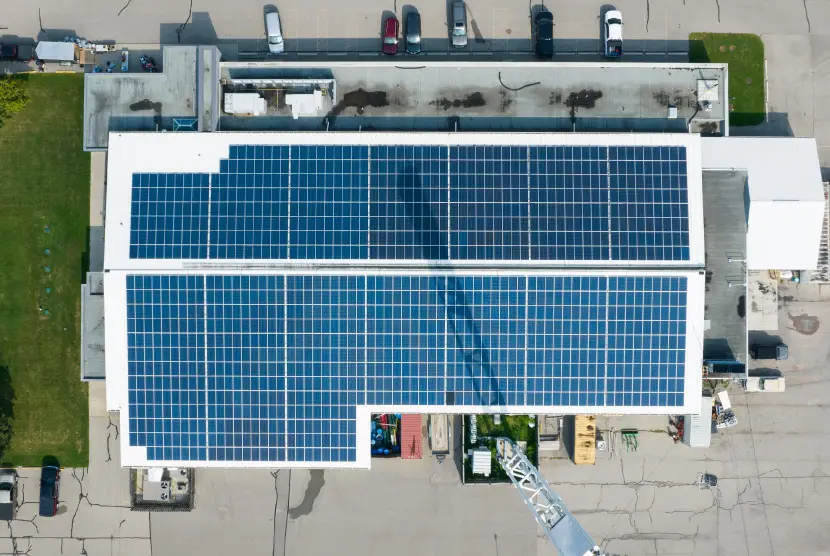
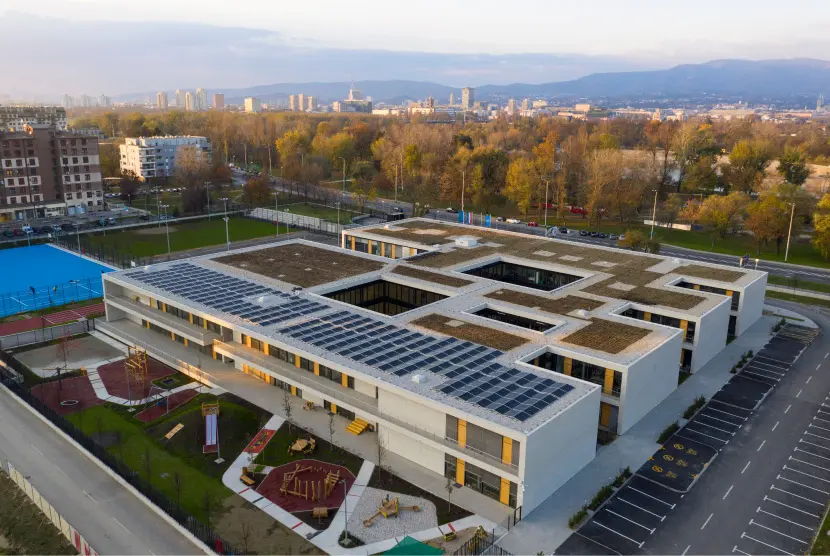
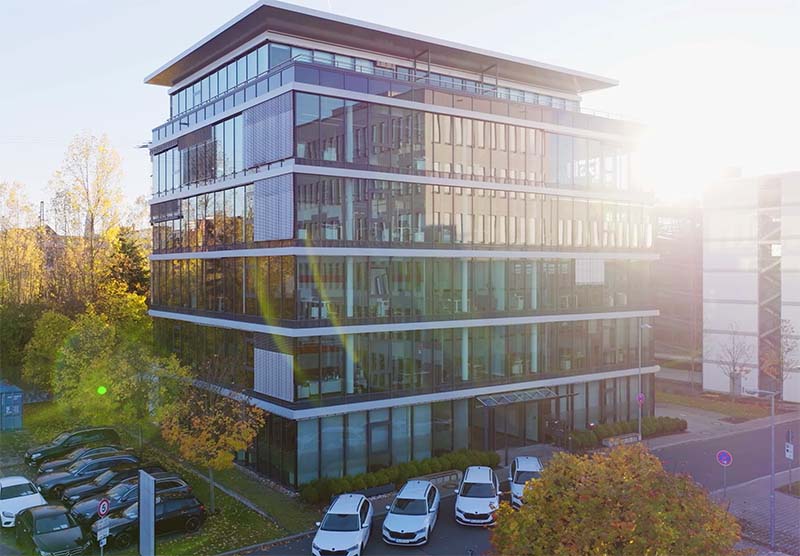
€ Transaction Volume
Projects
different countries
MW Power

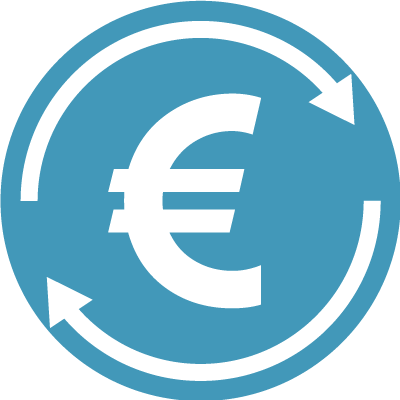
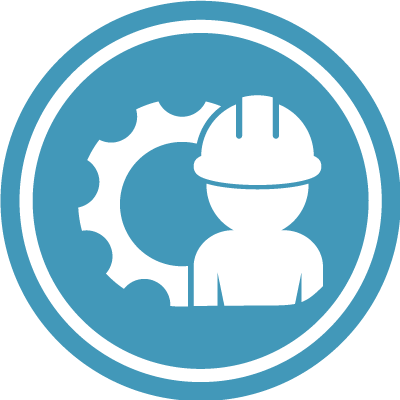

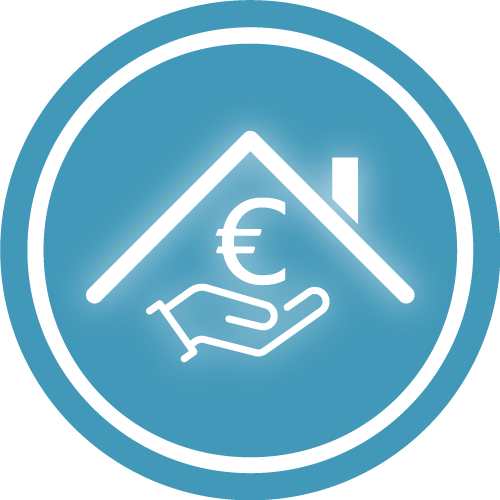
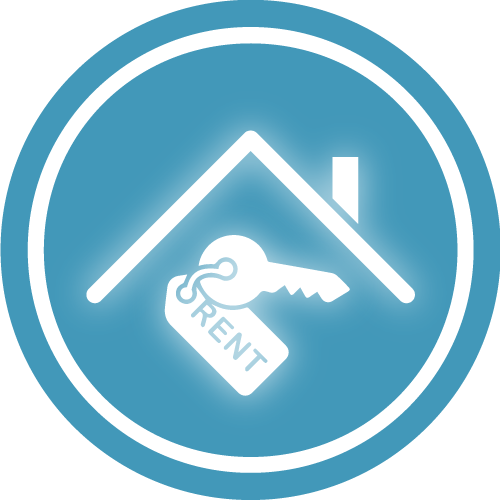

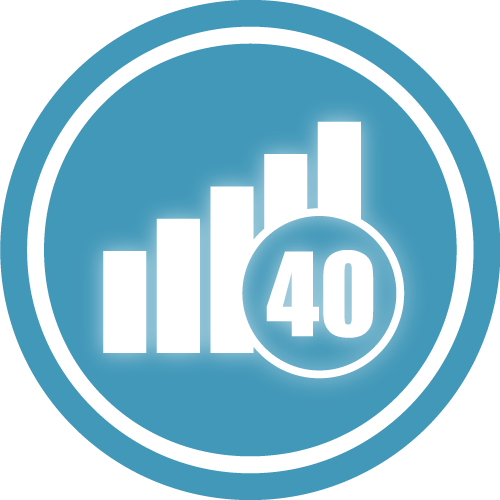

To help you better consider whether roof rental is suitable for you, we have also summarized the disadvantages.
When you lease roofs, the lease agreement extends over a long-term period of at least 20 to 40 years. After the lease agreement expires, there are various options you can use.